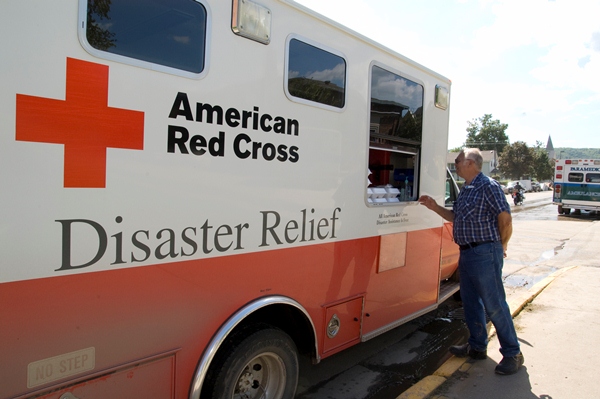Twenty years ago today — January 13, 1993 — the Space Shuttle Endeavour launched from the Kennedy Space Center carrying a new Tracking and Data Relay Satellite (TDRS).

(EVA-1 Crewmember Greg Harbaugh working in the Shuttle’s payload bay. NASA image.)
The STS-54 crew — John H. Casper, Donald R. McMonagle, Gregory J. Harbaugh, Mario Runco, and Susan J. Helms — spent almost six days in space. They deployed the fifth TDRS spacecraft during their first day in orbit; the TDRS’s Inertial Upper Stage maneuvered it into its higher operational orbit.
The crew spent their remaining time in space conducting a variety of experiments: they took spectrographic readings of X-ray sources with the Diffuse X-ray Spectrometer (DXS); studied biological systems under microcravity using the Commercial General Bioprocessing Apparatus (CGPA), the Chromosome and Plant Cell Division in Space Experiment (CHROMEX), and the Physiological and Anatomical Rodent Experiment (PARE); measured flame propagation in microgravity with the Solid Surface Combustion Experiment (SSCE); et cetera.
As for the space history “first” — on this mission, then-Major Helms became the first U.S. military woman to fly in space. Still on active duty in the USAF, she is now a Lieutenant General and the Commander of 14th Air Force at Vandenberg AFB.
















